On June 15, 1864, Ulysses S. Grant launched the siege of Petersburg.
In the spring of 1864, stinging from his failure to take the Confederate capital of Richmond, General Ulysses S. Grant set his sights on Petersburg. Just 23 miles south of Richmond, the city was a central rail hub essential to the Confederate war effort. If the Union took Petersburg it would cripple supply lines and choke the Confederate Army at Richmond. General Robert E. Lee would be forced to come out and fight in the open or flee the city.
On June 15, Major General William “Baldy” Smith was ordered to attack the city with his XVII Corps. He delayed the start until 7 p.m., but quickly defeated the small Confederate force that was manning the eastern portion of the defenses. Smith stopped his advance because of darkness, missing the opportunity to capture Petersburg that night.
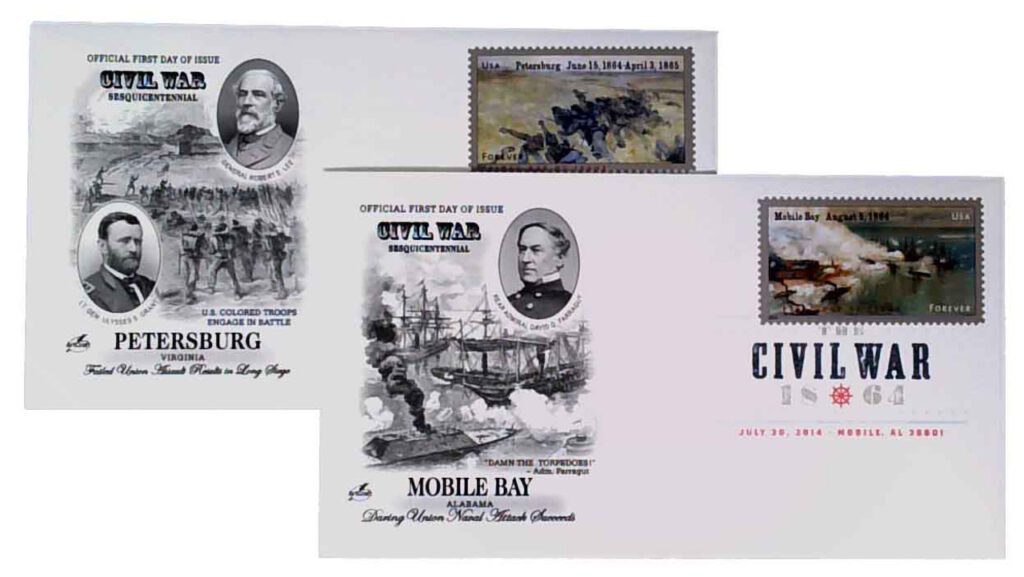
Confederate General P.G.T. Beauregard, who had only a few thousand troops behind the defenses, was reinforced to about 14,000 men before morning. The remainder of Grant’s army also arrived, increasing the Union force to over 50,000 men. They attacked for the next few days without improving their position as Lee advanced to Petersburg with the bulk of his army. Both sides increased their defenses as they came to realize this would be a protracted battle.
Grant realized he could not penetrate the Confederate fortifications, so he turned his attention to the rail lines that led into the city. The Weldon & Petersburg line connected the city to a port in North Carolina. Grant sent two corps to take control of the railroad. They met with Confederate troops on June 21 and for two days fought the Battle of Jerusalem Plank Road. In spite of almost 3,000 Union casualties, they were not able to seize the railroad, but did extend their siege lines.
Meanwhile, a cavalry force was successful at destroying about 60 miles of Southside railroad tracks. As they were returning, the Confederates cut them off from the main Union Army. The raiders were forced to destroy their wagons and guns before escaping.
That August, another attack was made on the Weldon & Petersburg line. This time, the Union soldiers were successful after three days of fighting. The Confederate Army now had to unload supplies further south, then transport them by wagon to Petersburg.
The siege continued through the fall and into the next year. Both sides attempted to gain the upper hand, but in general, the situation remained a stalemate. Battles took place in the region surrounding Petersburg and to the north near Richmond. Though the Union often had twice as many troops fighting, the Confederacy defense held. The winter months brought a lull to the fighting, though artillery shells and bullets were fired across the fortifications with regularity.
By the spring of 1865, Lee’s forces were weakened by sickness, lack of supplies, and desertions. His lines of defense now stretched for 37 miles, far too long for his small army to defend. Knowing Grant would soon be reinforced with fresh troops, Lee planned a final attack in the hopes of reaching his opponent’s headquarters.
On March 25, Major General Gordon assaulted Fort Stedman in the northern part of the Union line. They overwhelmed the defenders and created a 1,000-foot hole in the Union line. But the Union Army rallied and forced the Confederates back. Sensing their weakness, Grant began attacking the Southern troops. On March 31, Sheridan defeated Major General Pickett at Five Forks. The Union was now in control of the Southside Railroad, Lee’s best line of retreat. The following morning, he advised President Jefferson Davis to prepare to evacuate the capital.
Early on April 2, Grant ordered assaults on multiple locations along the Confederate fortifications. The Confederates retreated to the inner defenses. That night, Grant planned his final attack, unaware that Lee and the Confederate Army were retreating from the city. The longest siege in American history was finally coming to an end. In the following days, Grant pursued Lee relentlessly. After a week, the commander of the Confederates met the Union leader at Appomattox Court House to surrender his army.
Click here to see what else happened on This Day in History.


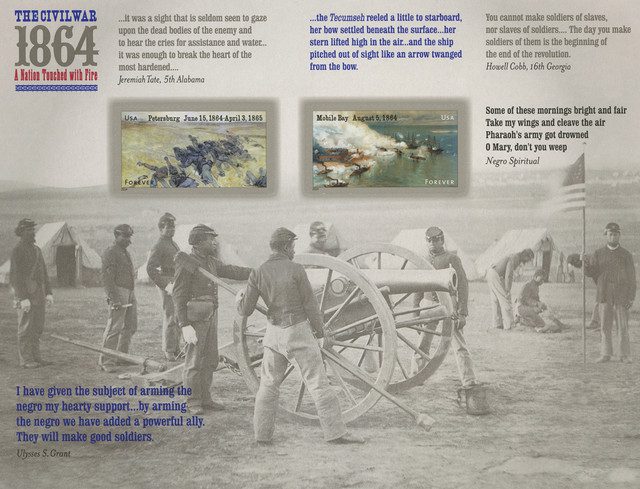
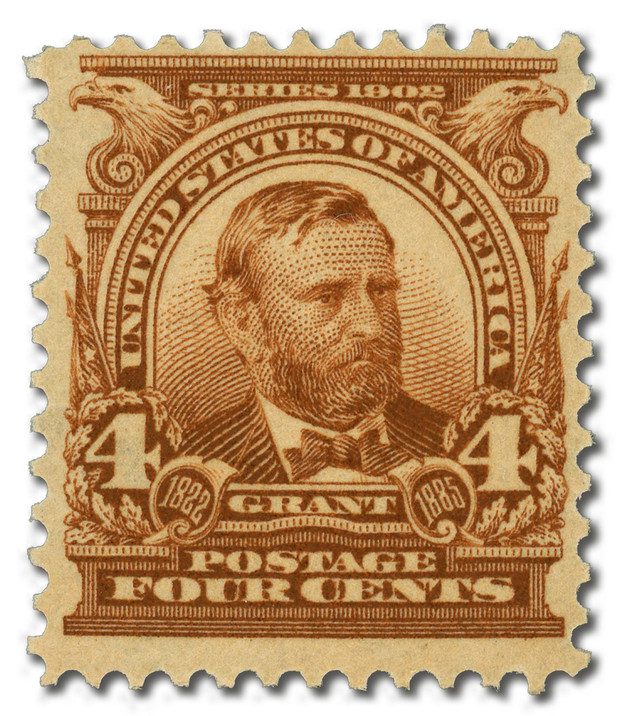
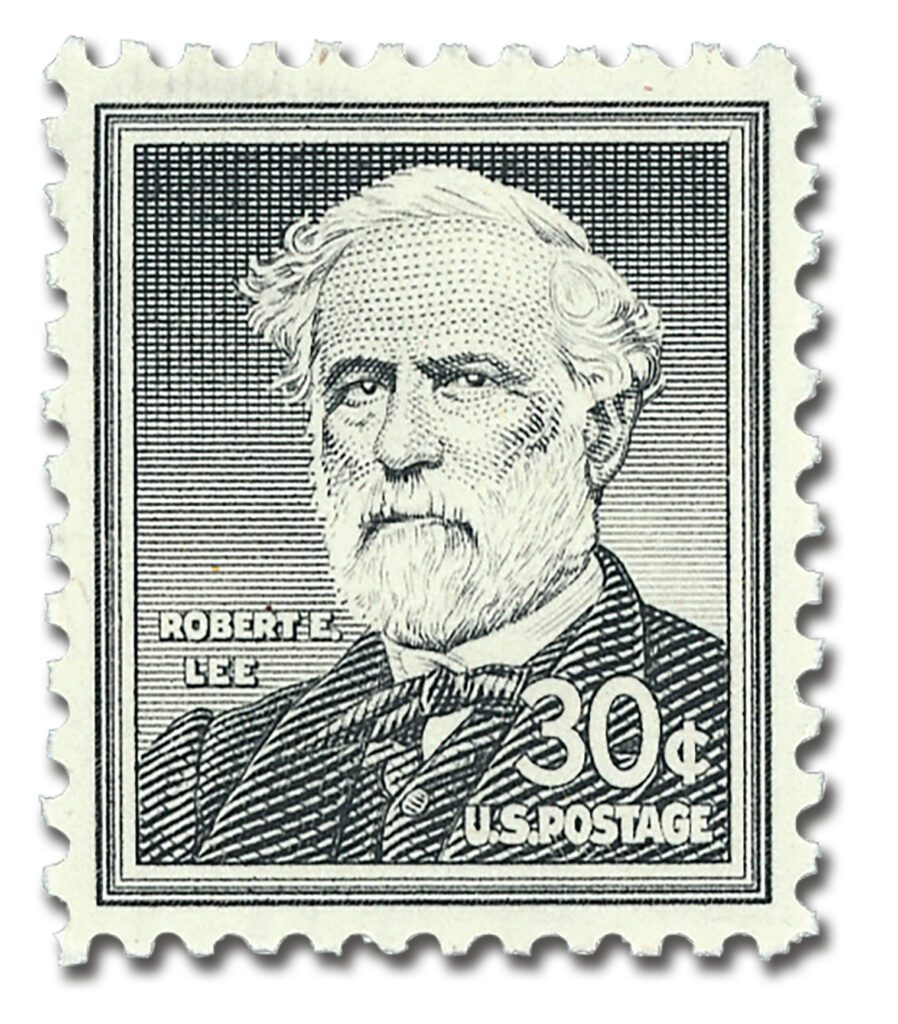
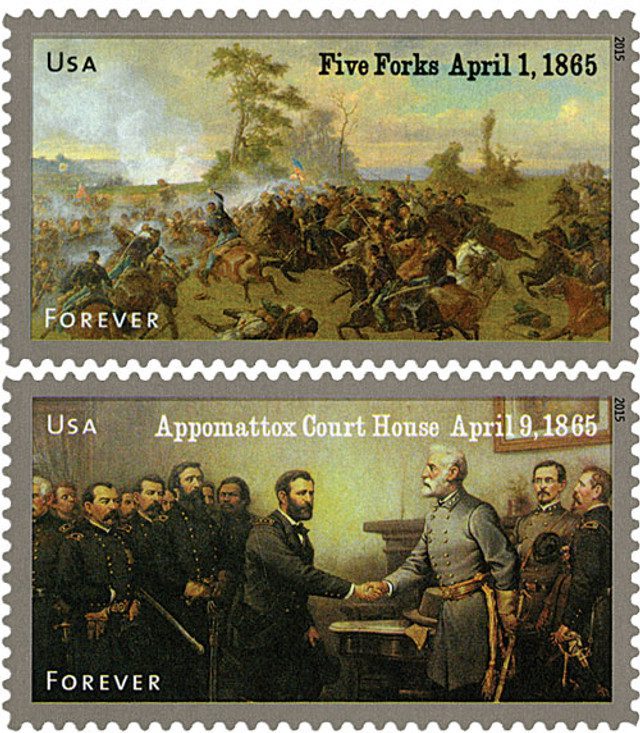
One has to wonder if General William Smith had started his assault earlier on June 15, 1864 if the Union forces would have had a quick victory at Petersburg thereby saving a great deal of bloodshed on both sides. Thank you Mystic for another history lesson.
Great. Just love this daily history
Lessons
A fantastic update on American history. Keep ‘um coming, Mystic !!
I very much enjoy Mystic’s history snippets.
But this one and an earlier one on the Civil War battles forces me to criticize the viewpoint set forth. Today’s summary was written by an apologist to the Lost Cause-how the under-equipped rebels were always more cleaver in their strategies but lost because of superior Union resources. As an aside, let’s take a look at Lee’s blundering his chances at Gettysburg.
This article set forth thoughts like:
“The Confederacy held steady.” and
“But the enemy rallied and forced the Confederates back.”
The enemy was not the Union army, was it?
Agreed. I’m changing my vote